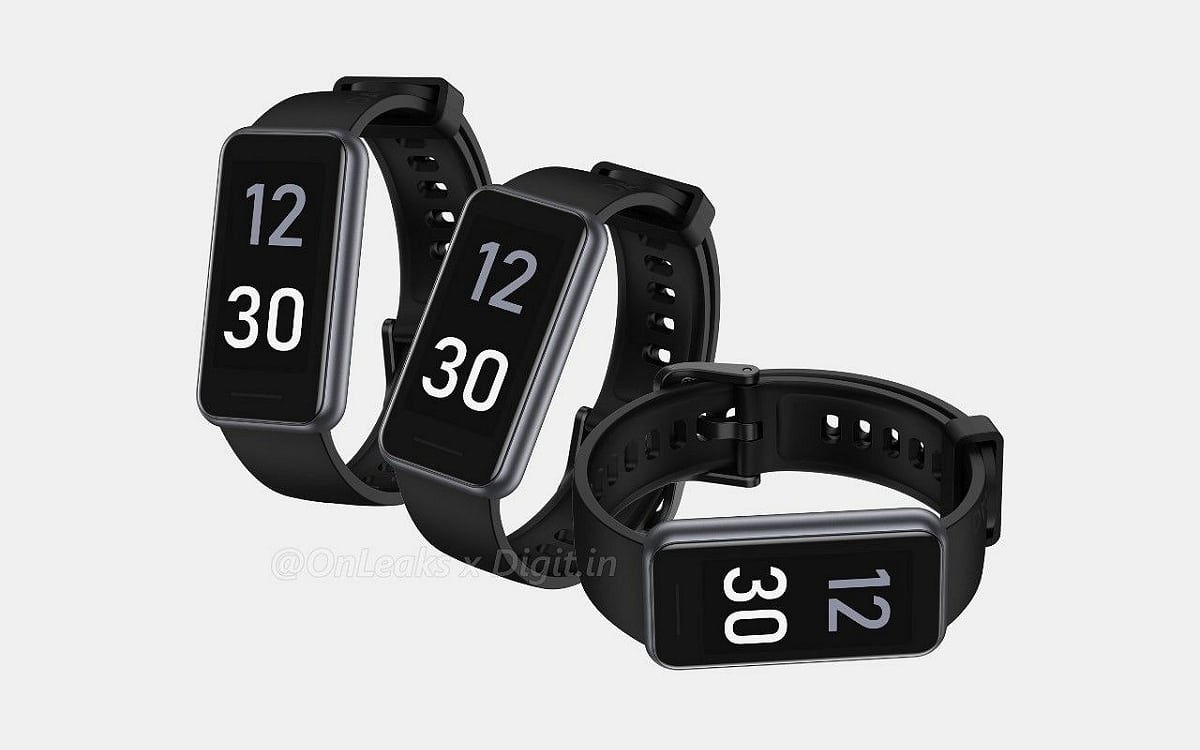Top macOS security features to protect data and privacy

Securing your privacy and data doesn’t have to be complicated, especially when you’re using a Mac. With just a few simple steps, you can take full advantage of macOS security features and have peace of mind protecting your data.
Contents
1. Password protected ZIP files
Compressing files on Mac saves space and makes data harder to access. However, only compressing the files will not prevent prying eyes. The best solution for protect a ZIP file is to use a password.
2. Adjust default privacy and security settings
Macs have default settings that allow Apple products and other apps to view and share your data, including location and usage data. This information includes location services, device passwords, diagnostic and usage data sharing, and app access to your calendars, contacts, and other personal data. One of the easiest and most effective ways to protect your data is to secure your device with a password. Additionally, other security settings that need to be addressed are all apps under the tab Privacy who have access to your data. You need to uncheck the apps you don’t want to access your private data from and also choose if you want usage data to be sent to Apple automatically.
3. Install a VPN
A VPN or virtual private network hides the original IP address and replaces it with an IP address from a different location. This means that websites and hackers will not be able to track your location and know your exact location. You will become completely anonymous online. VPNs even encrypt browsing data, and even if hackers spy on you, they won’t be able to see what you’re doing.
Thus, VPN is not only used to access geo-restricted content but also to protect your privacy and data from prying eyes.
4. Configure two-factor authentication
An additional layer of security for Apple ID is the two-factor authentication feature. It is specially designed to ensure that only you can access your account, even if someone knows your password.
You can enable two-factor authentication on your Mac. Go to the Apple menu, then:
- Click on System Preferences
- Click Apple ID
- Select Password and Security
- Click on Enable two-factor authentication.
Apple IDs created on macOS 10.12.4 and later are already protected by two-factor authentication by default. Once enabled, your Mac and the phone numbers you have designated as trusted will be used to verify your identity before logging in.
5. Back up your files regularly
Backing up your files regularly will ensure that you always have a backup of your folders and files in case anything happens to your device, including if it’s stolen, lost, or needs repair. Backups are made easy with Apple’s Time Machine feature. Use Time Machine on Mac to regularly back up files to a separate hard drive so you can restore your device and data.
6. Check and update your device
From malware to other vulnerabilities, the threats to your Mac’s security are myriad and you need to take the proper steps to protect your device. Like other operating systems, macOS is updated regularly to fix security issues and bugs. Therefore, you should head to the Apple Security Updates page and find out if any new updates are available. If there is, download and install the update, so that your device’s built-in security is enhanced. You need to access the System Preferences to make sure your device is up to date then click Software update.
Conclusion
It is therefore crucial to maintain the security of your data and your confidentiality so that your sensitive information does not fall into the wrong hands. Mac makes it easy for users to boost their security, and you can follow the tips mentioned above. However, it would be helpful if you also remember not to share your system passwords with anyone, as it may become a threat later on. So, start securing your Mac.



